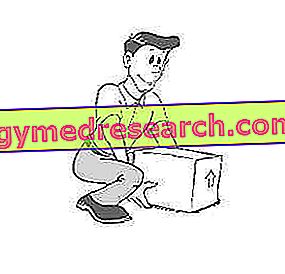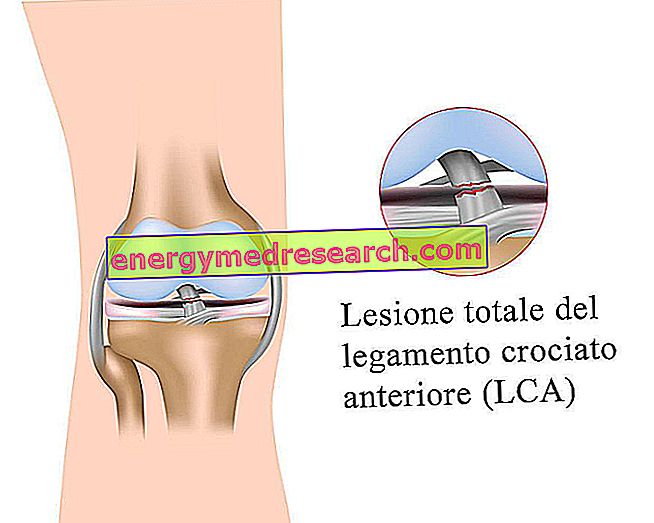LOMBALGIA IS THE FIRST CAUSE OF ABSENCE FROM WORK IN WESTERN COUNTRIES
In

low back pain is an idiopathic and multifactorial pathology, in fact more than 30 possible causes are considered in the literature.
IN THE 80% OF THESE CASES THERE IS NO SPECIFIC PROBLEM OF THE VERTEBRAL COLUMN.
THE
In these situations, low back pain can result from: a sedentary lifestyle, poor fitness, overweight, stress, depression, loss of self-esteem, static, repetitive and unsatisfactory work, excessive or wrong physical training, smoking.
The treatment of low back pain in recent years has been characterized by the transition from an active type therapy to a passive type therapy. According to the current guidelines:
-the rest should be as short as possible (READING IS NOT A THERAPY, IT IS A SIDE EFFECT UNABLE FOR TIMES)
- mobilizations and manipulations seem to benefit to accelerate the return to work of patients but there is no evidence of their efficacy in the medium and long term
- great importance must be attributed to postural teaching


The guidelines for proper prevention can be summarized in the following principles:
POSTURAL EDUCATION
MAINTAINING AN ACTIVE LIVING STYLE: strengthening of the muscles of the trunk, lower limbs and abdominal muscles; stretching to improve the flexibility of the lumbosacral tract and of the crural ischium muscles
Importance of the abdominal muscles in the prevention of low back pain
The tonicity of the abdomen muscles performs different functions:
holding of viscera
correct respiratory mechanics
physiological balance of the pelvis
delordosizing action
back protection (a toned abdominal wall allows the discharge of over 40% of the weight on the lumbar vertebrae)
In most people the abdominal musculature is hypotonic (weak), while the paravertebral musculature is shortened and contracted. Also for this reason it is very important to keep your abdominal muscles efficient and toned by exercising them regularly.
Exercises for strengthening abdominal muscles

The main exercises performed for toning and strengthening the abdominal muscles, require the pelvis to approach the chest. This action can be carried out by bringing the chest closer to the pelvis (crunch) or by bringing the pelvis closer to the chest (reverse crunch).
Be careful though! I talked about pelvis, not legs, in fact the abdominal muscles have no insertion on the lower limbs. It follows that any exercise involving any movement of the lower limbs is not physiologically correct to train the muscles of the abdomen. The same goes for all those exercises that see the feet bound to any support like the classic sit-up.
Attention also to the head, to avoid the onset of cervical problems it is necessary to keep the head in line with the bust. Hands placed behind the neck must have only support action.
One last recommendation on breathing. The abdominal muscles are expiratory muscles, therefore in the active phase of the movement (when you approach the chest to the pelvis or vice versa) exhale deeply. In particular, begin to empty the lungs from the beginning of the movement so that at the point of maximum abdominal shortening the diaphragm does not hinder the work of these muscles



